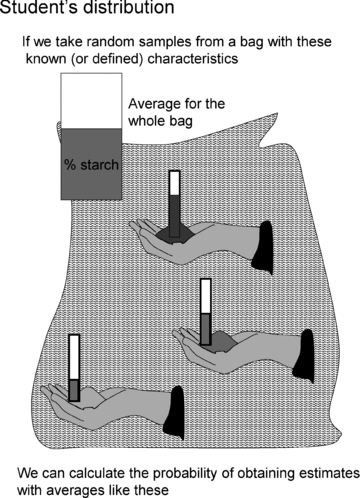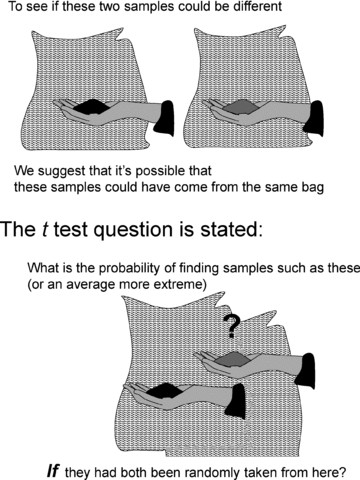Statistics, probability, significance, likelihood: words mean what we define them to mean
- PMID: 21844004
- PMCID: PMC3179989
- DOI: 10.1113/jphysiol.2011.215103
Statistics, probability, significance, likelihood: words mean what we define them to mean
Figures



References
-
- Ludbrook J, Dudley H. Why permutation tests are superior to t and F tests in biomedical research. Am Stat. 1998;52:127–132.
-
- Sheskin DJ. Handbook of Parametric and Nonparametric Statistical Procedures. 4th edn. Boca Raton: Chapman and Hall/CRC; 2007. p. 72.
-
- Student The probable error of a mean. Biometrika. 1908;6:1–25.
Publication types
MeSH terms
LinkOut - more resources
Full Text Sources
Medical

